Ever notice how cheese boards online look almost too perfect? You know the ones — honey dripping just so, grapes shining under good lighting, those little sprigs of rosemary nobody ever actually eats.
But zoom in. What’s that? A wedge of brie absolutely destroyed. Someone clearly took a butter knife to it like they were spreading drywall paste.
That right there is why we need to talk about knives. Because, and I’ll die on this hill — the knife you use changes everything. Not just the way your board looks, but how the cheese tastes.
Cheese Has a Soul
Here’s something I learned after visiting a few small farms: good cheese isn’t “made.” It’s grown.
The people who do it right — small producers, family dairies, places like Keystone Farms — they treat cheese like a living thing. They know every wheel by texture, by smell, by sound even (yes, cheese makes tiny squeaks when it’s right at that perfect stage).
That’s why it kills me when people spend $30 on handmade Camembert and then butcher it with a steak knife. It’s like buying a vintage record and playing it on a dollar-store turntable.
And I get it — most folks think a knife’s a knife. But that’s like saying a Honda Civic drives like a Ferrari. Technically true. Practically? Not even close.
A sharp, well-balanced blade — the kind you'd find in the best fixed blade knife — doesn’t just cut. It glides. You barely have to press. The cheese just parts. And you realize, “Oh. This is what it’s supposed to feel like.”
Why the Cut Changes the Taste
Here’s the weird part: the way you cut cheese affects its flavor.
Cheese isn’t uniform. It’s denser in the center, creamier near the rind, and how you slice it determines what flavors hit your tongue first. Cut it unevenly, and someone’s getting a dry bite while another gets a gooey mess.
And don’t even start me on dull knives. When a blade’s not sharp, you end up pushing instead of slicing — basically smashing the poor thing.
That ruins the texture and dulls the flavor. It’s the culinary equivalent of watching a 4K movie through a fogged-up window.
So yeah, precision matters. A clean slice lets air touch the right amount of surface area, which opens up aroma. That’s why pros obsess over it. They’re not just being fussy. They’re chasing consistency.
Picking the Right Knife
If you’re wondering where to even start — it’s simpler than it looks. Soft cheeses like brie, camembert, or burrata? You want something super thin, maybe even perforated, so it doesn’t stick. The goal is clean edges without dragging.
Hard cheeses like aged cheddar or parmesan? That’s where you bring out the big guns — something sturdy, compact, and balanced. A quality fixed blade does the trick. You want control, not brute strength.
And if you like experimenting (or just like cool gear), I’ve seen chefs use the best karambit knife — yes, the curved one originally meant for tactical work — to carve into semi-hard cheeses.
The curve gives you control in small motions, kind of like sculpting. It’s not traditional, but man, it works.
The real takeaway? Match your knife to your cheese. Treat it like pairing wine. Once you do, you’ll never go back to the “one knife fits all” mentality again.
The Board That Feels Like a Meal
Let’s talk about cheese boards for a second. The biggest mistake people make? Thinking it’s a competition. Too many cheeses. Too many extras. It ends up looking like a charcuterie traffic jam.
Here’s what actually works: simplicity. Pick three or four cheeses — one soft, one semi-firm, one hard, maybe something funky like a blue if you’re feeling brave.
Add something sweet (fig jam, honey), something crunchy (almonds, crostini), and something fresh (grapes or apple slices). Done.
And please — don’t pre-slice everything. Cheese deserves a little ceremony. Let people cut their own pieces, fresh. It feels personal, a bit slower, more intentional.
I’ve watched cafés boost their cheese board sales just by cutting smarter. Cleaner presentation. Better knives.
Suddenly their photos popped, and the food looked like it tasted — premium. No rebranding, no fancy marketing. Just attention to detail.
From Farm to Knife to Table
Here’s the thing most people forget: food isn’t just about flavor. It’s about connection.
When you support local farms or small producers, you’re not just buying cheese. You’re buying their early mornings, their weather worries, and their craft.
And when you take that cheese home and handle it with care — clean board, right knife, slow cut — you’re part of that story.
There’s this old phrase that applies to both cooking and money: quality compounds. Spend once on something good — whether it’s food or tools — and it pays you back every single time you use it.
A great knife doesn’t just cut better. It lasts. It’s safer. It feels like an extension of your hand. And every time you use it, you’re reminded why you chose quality over convenience.
The Quiet Satisfaction of Doing It Right
Cutting cheese the right way won’t win you any awards. Nobody’s handing out medals for clean brie wedges. But it does change the experience.
You’ll notice how easily the knife moves, how the slice falls away without tearing. You’ll smell the cheese more clearly. You’ll take a slower first bite. That’s not pretension — that’s mindfulness, the good kind.
So yeah, the next time you’re planning that wine night or picnic, maybe think less about what’s on the board and more about how you’re serving it.
Because sometimes, the smartest investment isn’t the cheese. It’s the knife in your hand.



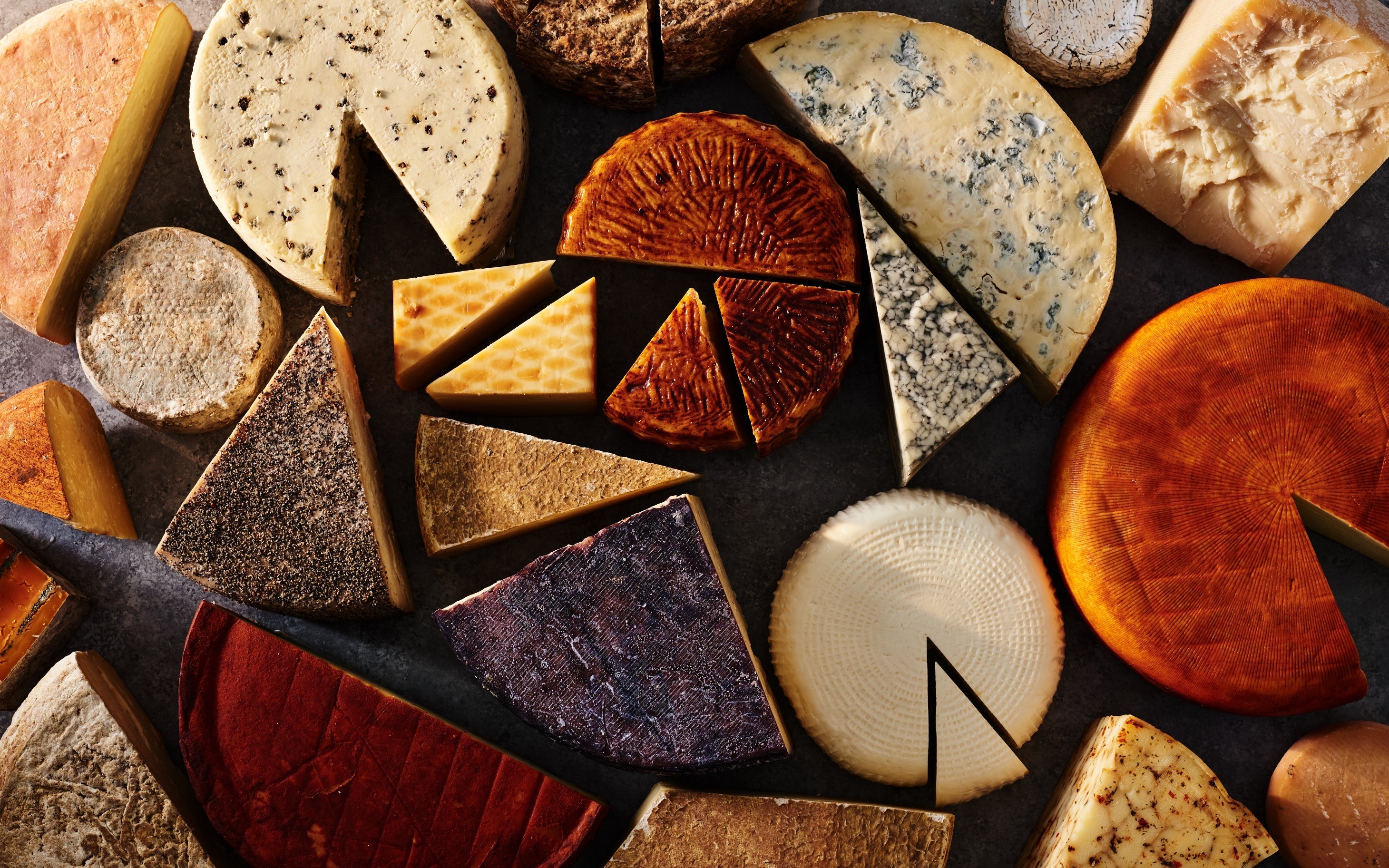



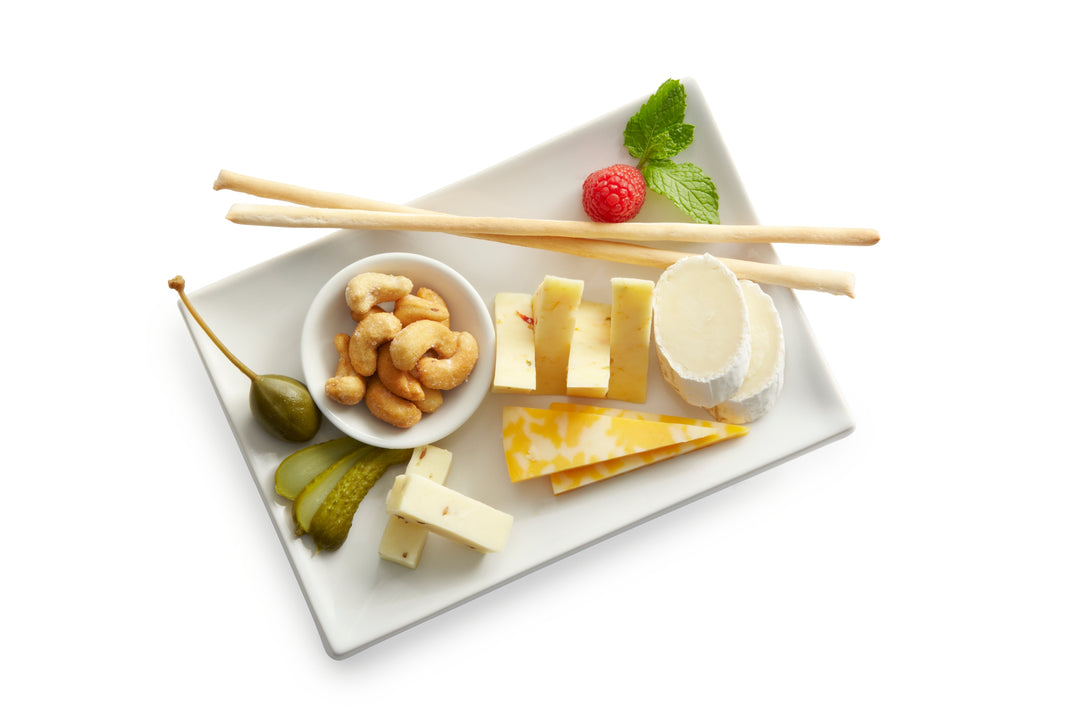
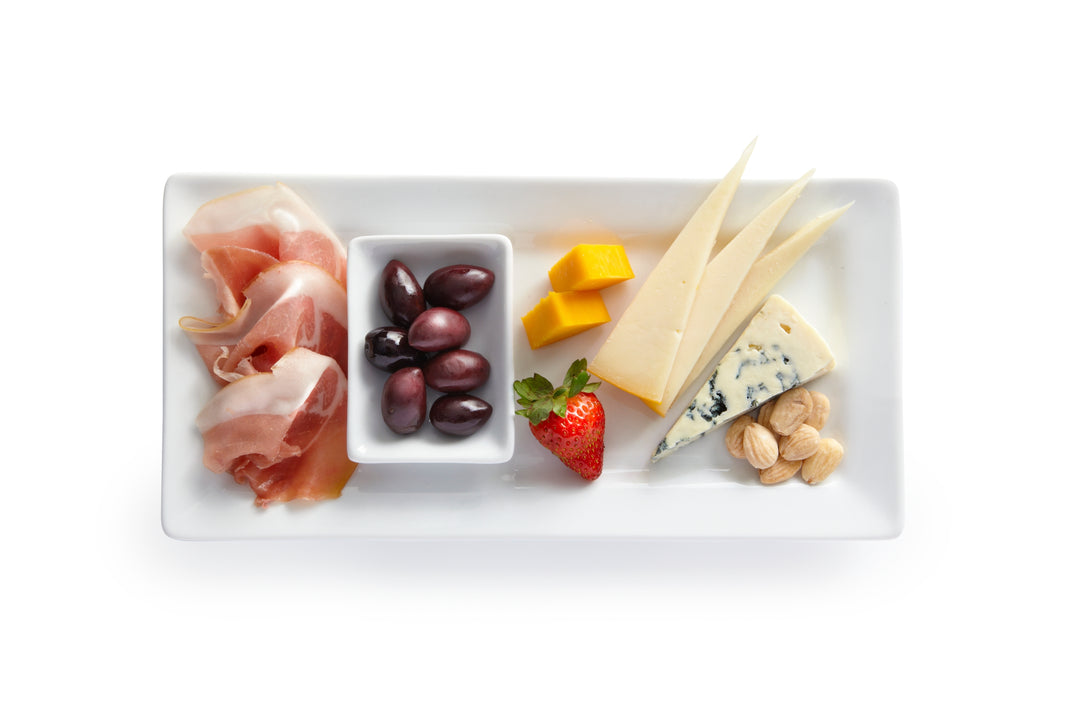
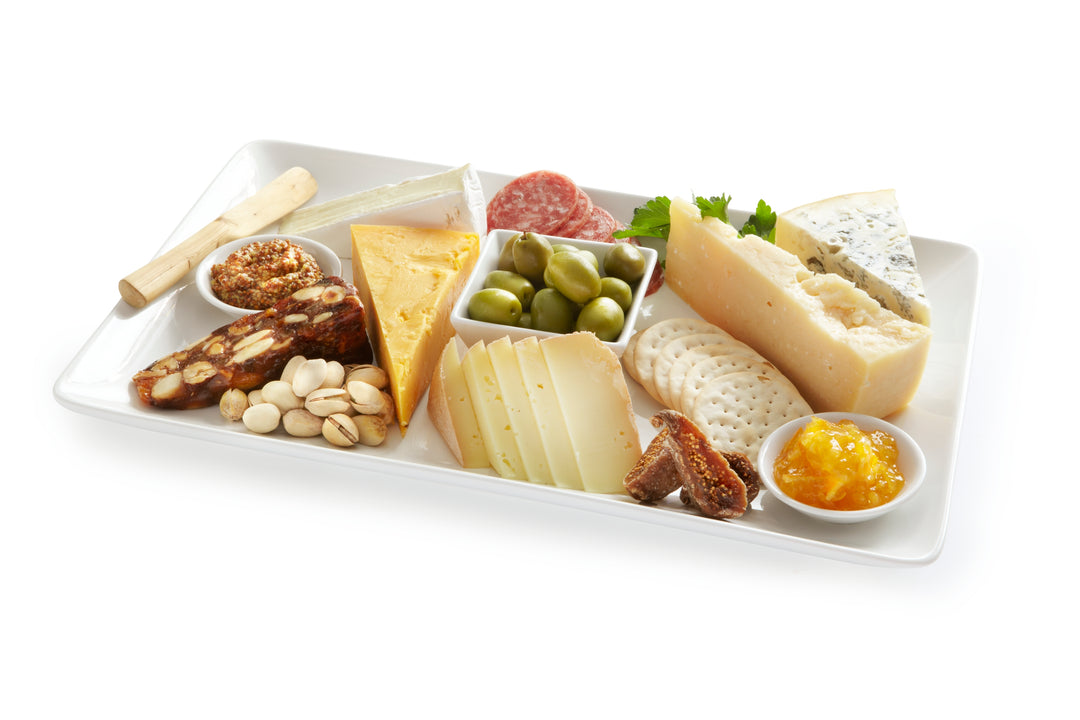
Leave a comment